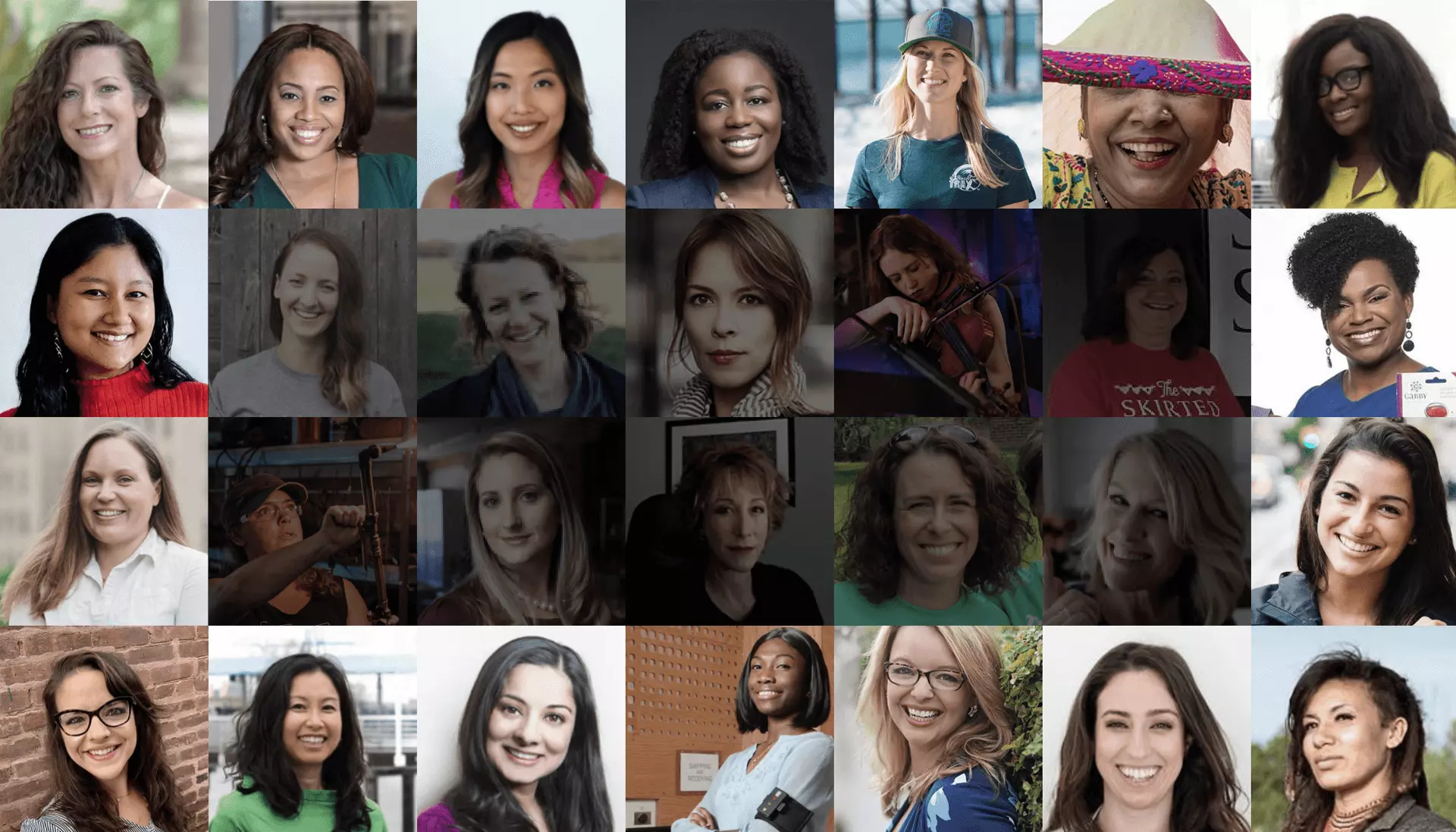The Basics of Pay-Per-Click Advertising
October 13th 2022
Businesses working to grow their social media following often decide at some point to explore the merits of pay-per-click (PPC) advertising. Where blogging and content creation contribute to organic growth of your audience, paid online advertising can be a shortcut.
Digital advertising consultant Barry Hott recorded a video for the WomensNet community to try to explain the merits of the different ad platforms, when it might make sense to pay for advertising, and what you can do to improve the results that you get.
Choosing Where to Advertise
The first thing to understand, Hott says, is consumer intent, or how interested potential buyers may already be in your product or service. That will help lead you to the right platforms on which to advertise. Some platforms are best for high intent buyers and others work well with low intent consumers.
“People that are already looking for and thinking about what you’re selling,” says Hott, are high intent. They are primed to buy and are already searching for solutions or options using search engines.
Low intent buyers are consumers who are not already thinking about their need for your product or services, but who might be prompted to consider them when served up an effective ad. Hott describes a typical low intent scenario: “You’re watching TV. You’re not thinking, ‘Oh, I need to go to Burger King.’” But when a Burger King ad is shown on TV, the goal is to spark interest and get you to head there for a burger and fries, even though you previously weren’t considering it.
Make sure you’re choosing the right ad platform, based on whether you’re targeting high or low intent buyers. Sometimes this is based on whether you’re trying to generate sales or building your list or follower count for sales in the future.
High Intent Platforms
“Google ads are great for businesses where there is already intent,” Hott says. “People are searching to find the things they need. They’re entering their problems [into the search engine], which you can solve with your product or service.”
To get in front of those high intent buyers on Google, you can “optimize your site and get links so that you rank higher in Google,” he says, or “you can also pay to have the promoted top spots on those search pages.”
The cost to advertise will depend on how competitive the market is for your products or services. Auto insurance, for example, is extremely competitive, so costs will be higher, no matter whether your buyers are high or low intent. A product with a smaller market size is likely to be less expensive, because you’re competing with fewer advertisers for the exposure to your target audience.
With high intent buyers specifically, “You’re competing against other advertisers for those customers, who probably don’t need to be sold as much. You don’t have to convince them as much,” Hott says. You may have to convince them to choose your business over your competition, but you don’t have to educate them on the benefit of the product or its use.
“Pinterest is a great platform for advertising for both low intent and high intent,” says Hott, because people are doing intent-based searches there.
Users often head to Pinterest for inspiration or product ideas, whether it’s for furniture or paint colors or jewelry. So, there is intent, though not as much as with a straight search engine like Google or Bing, Hott says, “but there is intent.”
Even for low intent buyers, Pinterest can be great because of its targeting features, which allow you to go after certain keywords, as well as interests or other categories, Hott says.
LinkedIn is a great place to advertise if you’re selling business services, or expensive things that are more relevant to businesses, Hott says.
However, he doesn’t love LinkedIn’s tracking capabilities, which he says is weaker than other advertising platforms. But if your target audience is business people, LinkedIn may be right for you.
“Facebook is the ultimate low-intent sales machine,” according to Hott, who says it’s great for selling “pretty much anything” to low-intent audiences. The key with Facebook “is to make content that gets people’s attention and motivates them to take action,” he says.
Although Facebook’s interest-based targeting algorithm isn’t as good, or as relevant, says Hott, because its machine learning algorithm has gotten better, you can target audiences through your creative.
Hott explains, “By making ads that are relevant to certain users, the more users that pay attention to it, Facebook has signals based on those users to show ads to more similar relevant users.”
Which means that you don’t have to obsess as much about targeting specific people, as long as you create ads that catch the attention of your target buyer. “Focus on targeting with your creative,” he says. “Focus on the user viewing it rather than your brand or yourself and you’ll do well.”
TikTok and Snapchat
Folks who are feeling creative may want to explore TikTok and Snapchat, which are video-based. Although you can run image-based ads, “I wouldn’t waste my time or energy,” Hott says. Stick with video there.
While the impression is that these platforms are for youth, that’s not the case anymore, he says. “There are audiences on there of all different shapes and sizes, and it is a quickly growing platform,” he says of TikTok. So don’t avoid it because you think adults aren’t watching—they are.
To get a sense of whether your content could do well on TikTok or Snapchat, first spend some time watching what’s working on the platforms. If you can create videos that match those that have lots of views and engagement, you can do really well, he says.
The key on TikTok is to have fun. Don’t overproduce your videos or try to cram in lots of content, because that’s not what viewers there want.
Start Small
Whether you have experience with online advertising or not, the biggest benefit to this type of marketing campaign is the ability to test the waters at a relatively low cost, Hott says. “You can dip your toe in at a small scale and as long as you use good data and tracking practices,” you can gather useful information.
For example, you could spend a few hundred dollars on ads this week and then stop advertising to take stock of what you learned. You can evaluate what you spent, what consumer actions were taken as a result, whether you generated any sales, and how much money you made. Then you can tweak your campaign to get better results next time.
Maybe the problem isn’t with your ads, for example, because you’re seeing a huge influx of traffic to your website or your landing page, but then you’re not seeing any sales. That suggests that your ad is performing well (because people are heading to your website) but your website or landing page is falling flat. So before spending any more money to drive traffic to your site, you need to make changes there to increase conversions.
PPC ads can become an integral part of your advertising program, but start small first, create an effective ad, and then put more money behind it once you see you’re getting the results you’re after.



















